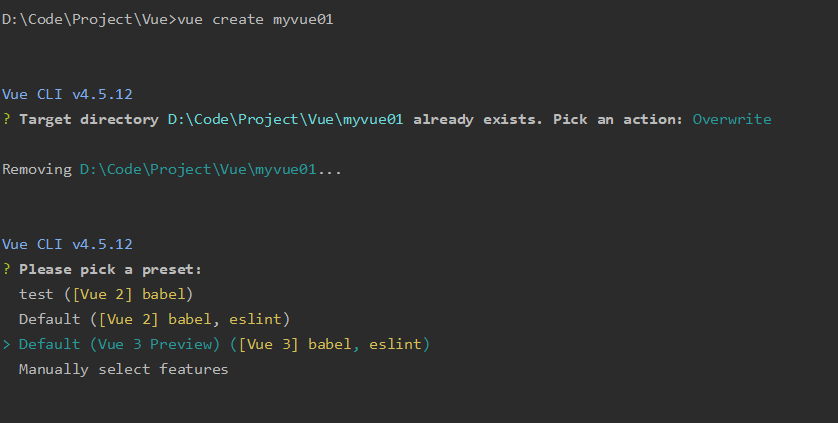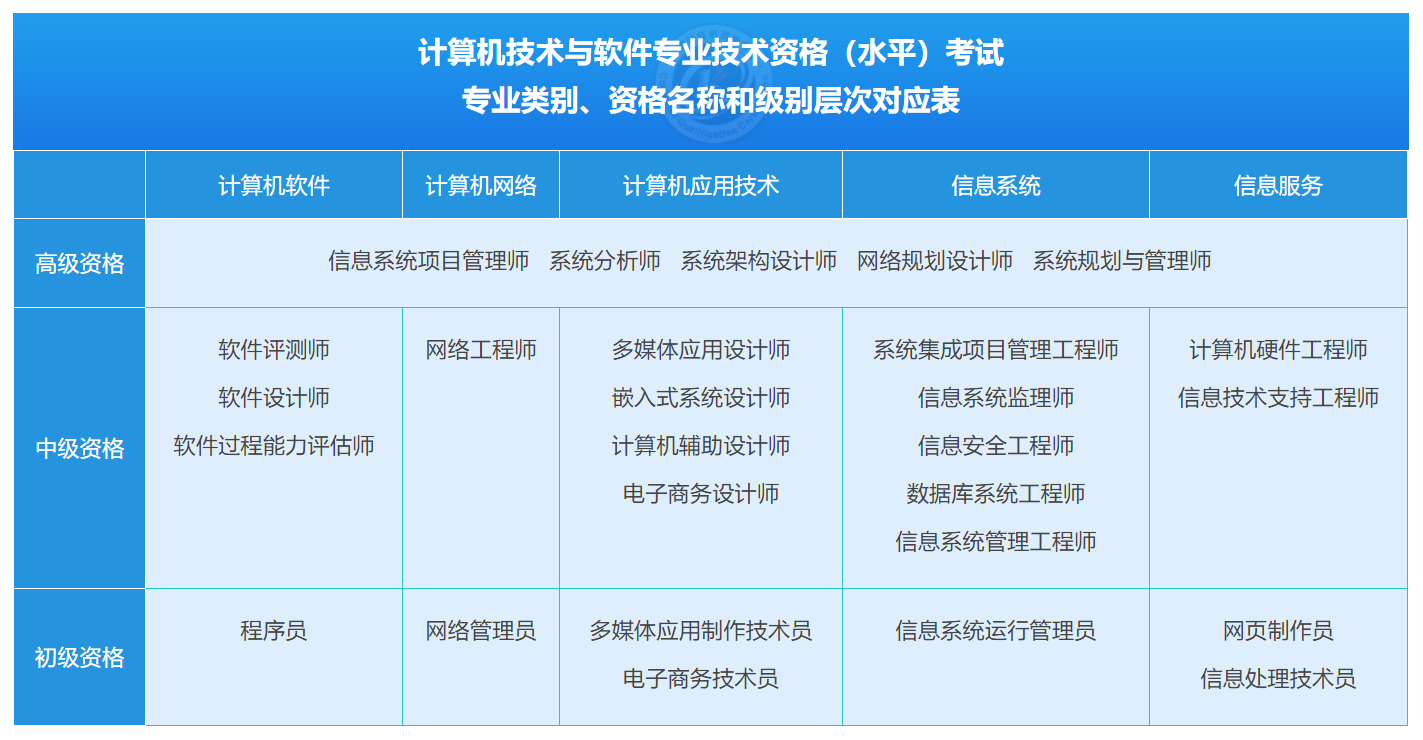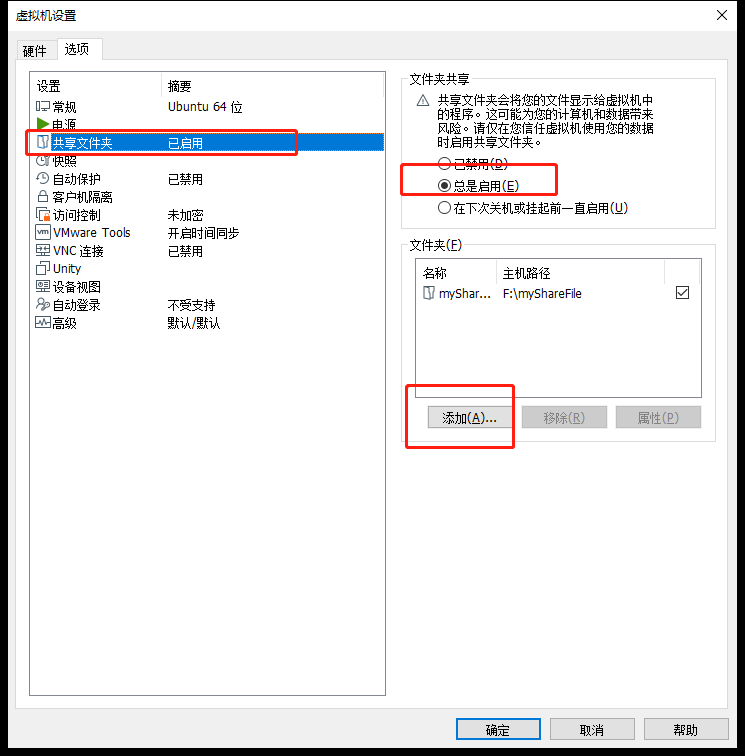k近邻算法-3.算法应用
算法具体应用
import numpy as npimport matplotlib.pyplot as pltimport matplotlibfrom sklearn import datasets
加载手写数据集
digits = datasets.load_digits() #加载手写数据集

手写数据集共有5620个样本,每个样本有64个特征,为手写数据集的像素点,其样本的结果为0-9的手写数字,其数据集描述如下:
样本结构:
数据可视化,查看某个样本的特征和结果:
x =digits.datay = digits.target# 数据集中第222个样本some_digit = x[222]#一个手写数字有64个特征,将一维数组的特征变为8*8的矩阵some_digit_image = some_digit.reshape(8, 8)plt.imshow(some_digit_image, cmap=matplotlib.cm.binary)plt.show()

查看此数据的结果:
封装之前的代码,实现手写数据集的预测
定义K近邻算法(KNN.py):
import numpy as npfrom math import sqrtfrom collections import Counterclass KNNClassifier:"""docstring for KNNClassifier"""def __init__(self, k):"""初始化KNN分类器"""assert k >= 1, 'k must be valid'self.k = kself._x_train = Noneself._y_train = Nonedef fit(self, _x_train, _y_train):"""根据训练数据集训练KNN分类器"""self._x_train = _x_trainself._y_train = _y_train# 返回对象本身(高级操作)return selfdef predict(self,x_predict):"""给定待测试的数据集x_predict,返回结果向量"""assert self._x_train is not None and self._y_train is not None, \"must fit before predict!"assert self._x_train.shape[0] == self._y_train.shape[0], \"the size of x_train must equal to the size of y_train"assert self._x_train.shape[1] == x_predict.shape[1], \"the feature number of x must be equal to x_train"y_predict = [self._predict(x) for x in x_predict]return np.array(y_predict)def _predict(self, x):"""给定单个的待测数据x,返回x的预测结果"""assert self._x_train.shape[1] == x.shape[0], \"the feature number of x must be equal to x_train"#求出一个预测的数据 和 每个数据集的距离,是一个无序列表distances = [sqrt(np.sum((x_train -x) ** 2)) for x_train in self._x_train]#根据索引排序nearest = np.argsort(distances)#找出距离此新样本最近的k个原始样本的结果topK_y = [self._y_train[i] for i in nearest[:self.k]]#统计数组中的元素,及它出现的次数votes = Counter(topK_y)#找到票数最多的n个元素 ,按票数从多到少 排序 [(元素,票数)]return votes.most_common()[0][0]def __repr__(self):return 'KNN(k=%d)'%self.k
定义模型选择库(model_selection.py)
import numpy as np#训练 测试数据集分离def train_test_split(x, y, test_ratio=0.2, seed=None):assert x.shape[0] == y.shape[0],\"the size of x must be equal to the size of y"assert 0.0 <= test_ratio <= 1.0,\"test_ratio must be valid"if seed:np.random.seed(seed)shuffle_index = np.random.permutation(len(x))test_size = int(len(x) * test_ratio)test_index = shuffle_index[:test_size]train_index = shuffle_index[test_size:]x_train = x[train_index]x_test = x[test_index]y_train = y[train_index]y_test = y[test_index]return x_train, x_test, y_train, y_test
使用自己封装的库:
from mylib.model_selection import train_test_splitfrom mylib.KNN import KNNClassifierx_train,x_test,y_train,y_test = train_test_split(x, y,test_ratio=0.2)my_clf = KNNClassifier(k=3)my_clf.fit(x_train,y_train)y_predict = my_clf.predict(x_test)
验证算法的准确率:
score = numpy.sum(y_predict==y_test)/len(y_test)

封装,实现解耦:
# metrics.py (metrics 意为衡量标准)import numpyimport mathdef accuracy_score(y_true, y_predict):'''计算准确率'''assert y_true.shape[0] == y_predict.shape[0], \"size of y_true must be equal to the size of y_predict"return numpy.sum(y_true == y_predict)/len(y_true)# KNN.py 添加求准确率方法from .metrics import accuracy_scoredef score(self,x_test,y_test):y_predict = self.predict(x_test)return accuracy_score(y_test, y_predict)
转载于 //www.cnblogs.com/shuai-long/p/11179490.html
//www.cnblogs.com/shuai-long/p/11179490.html



































还没有评论,来说两句吧...